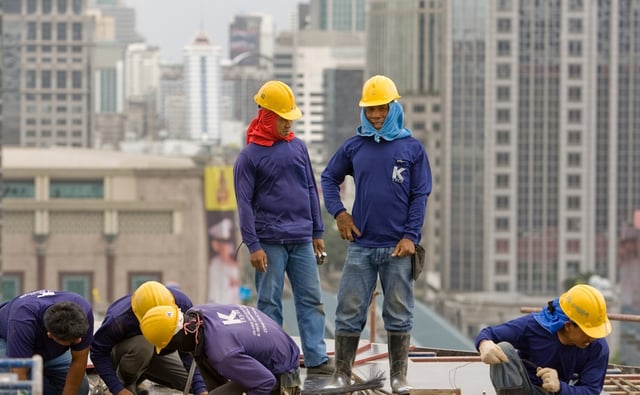Overview
- WHO and WMO released a joint report and updated technical guidance on Aug. 22, marking the first major overhaul of workplace heat advice since 1969.
- Drawing on ILO data, the agencies say more than 2.4 billion workers face excessive heat, contributing to over 22.85 million injuries and nearly 19,000 deaths each year.
- Worker output falls by roughly 2–3% for every degree Celsius above 20°C, with WMO noting 2024 as the hottest year on record and more frequent days above 40–50°C.
- Health risks cited include heatstroke, dehydration, kidney dysfunction and neurological harm, with elevated danger for outdoor labor and heat-intensive indoor jobs and for older or chronically ill workers.
- The guidance calls for occupational heat action plans co-developed with employers, workers, unions and health authorities; it is non-binding, and unions in Europe are pressing for statutory maximum working temperatures.



